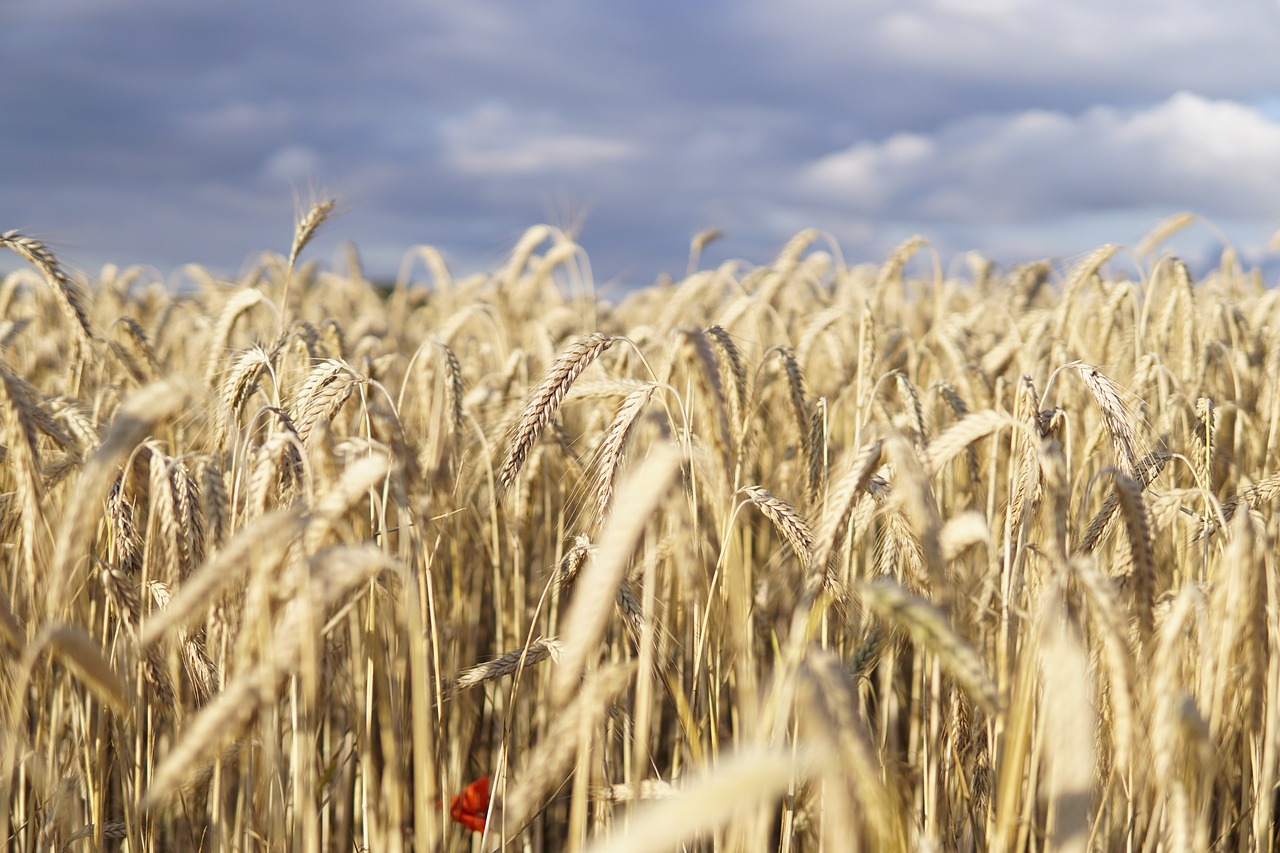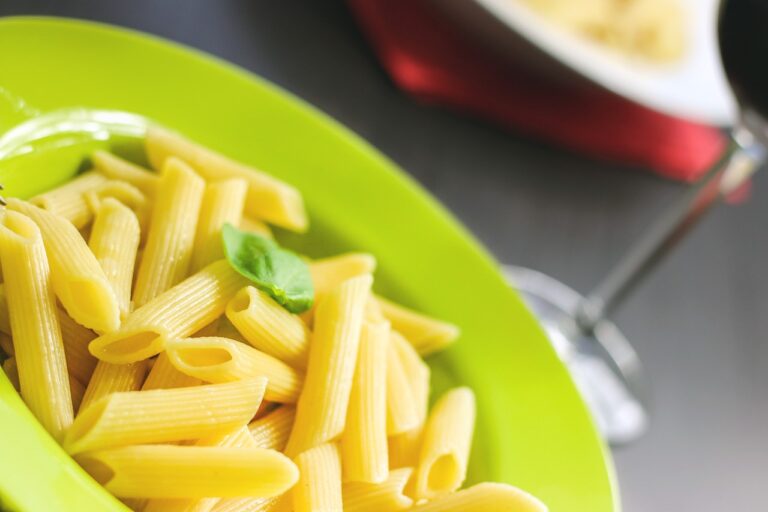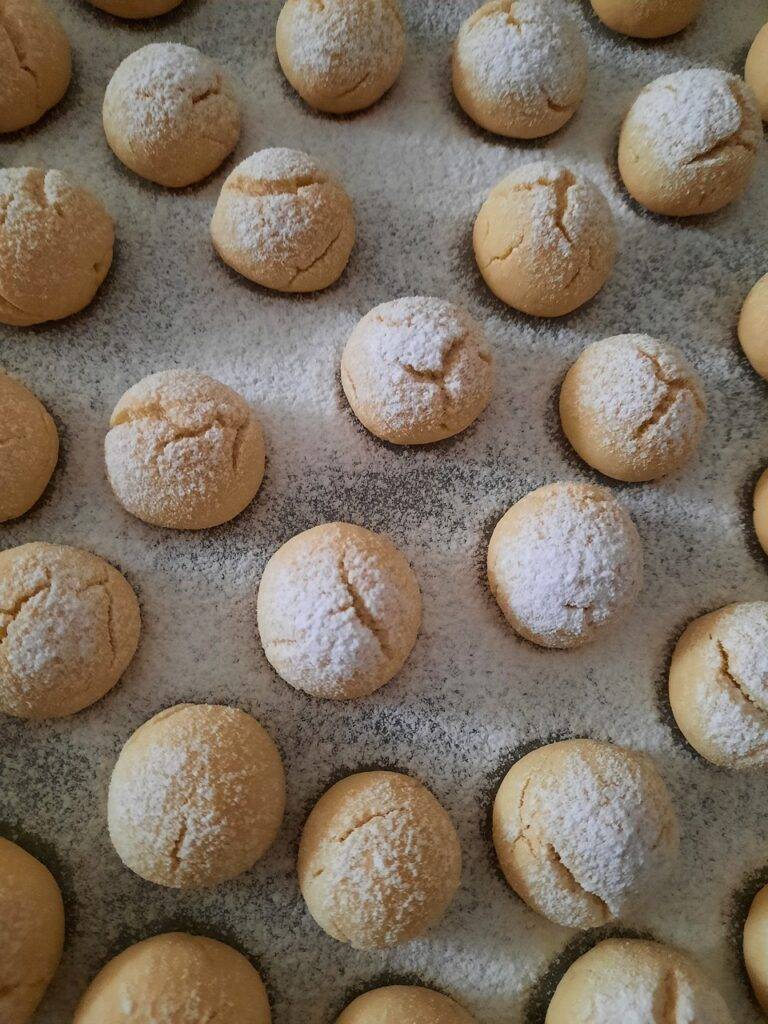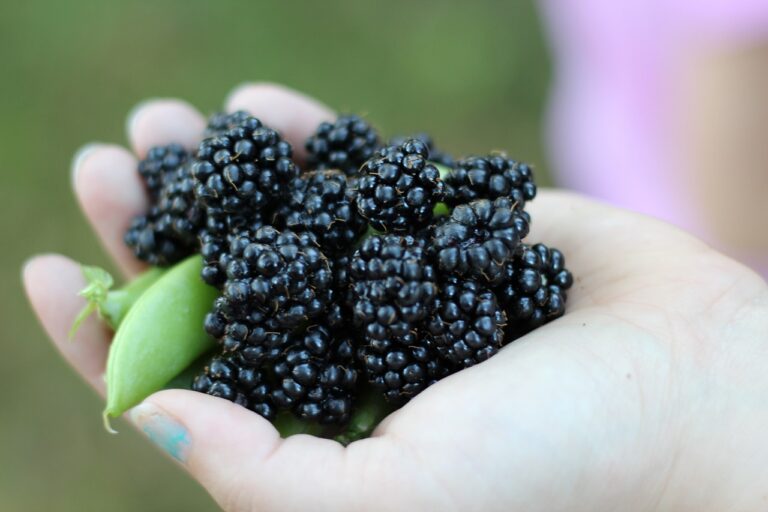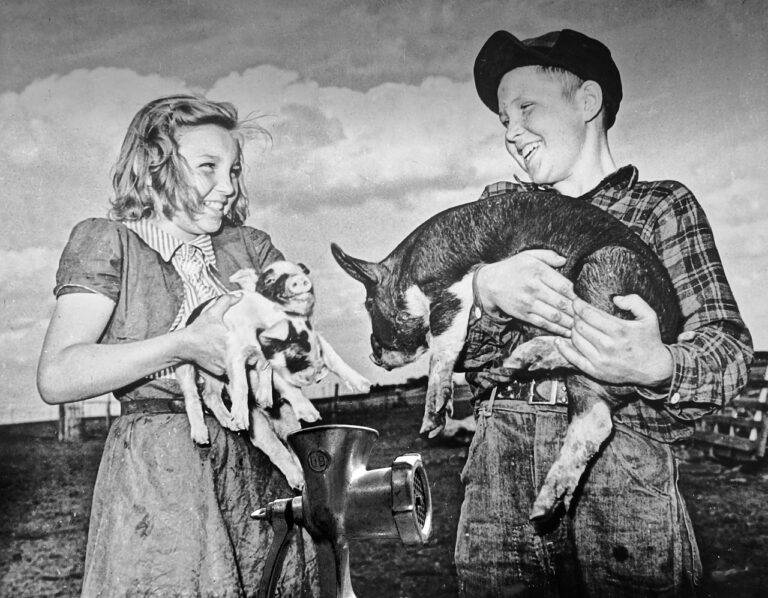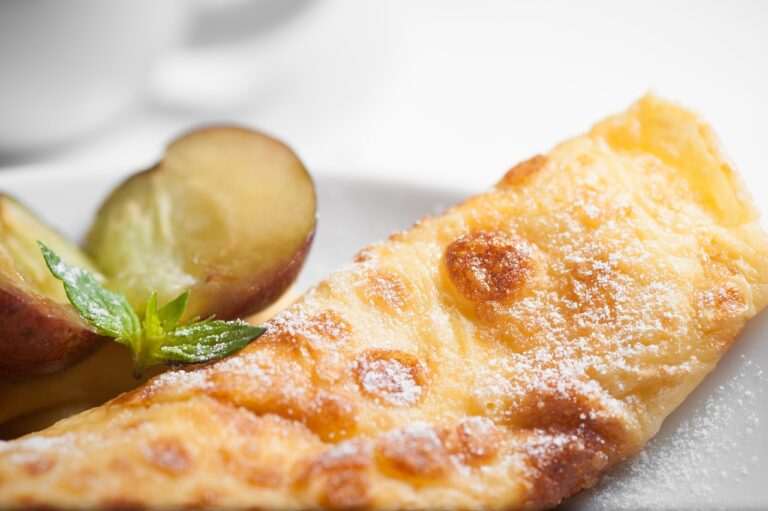The Art of Food Preservation: From Pickling to Smoking
Food preservation is a practice as old as civilization itself. Early humans discovered that certain techniques could extend the shelf life of food, allowing them to store and consume it at a later date. One of the oldest methods of food preservation is drying, which involves removing moisture from food to prevent the growth of bacteria and mold.
In ancient times, people also used salt to preserve food, a process known as salting. Salt draws out moisture from food, creating an environment where bacteria cannot thrive. This method was particularly important for preserving meat and fish, as it allowed them to be stored for long periods without spoiling.
Different Methods of Food Preservation
One common method of food preservation is canning. This technique involves sealing food in airtight containers and heating them to destroy microorganisms that cause food to spoil. Canned foods can last for a long time without refrigeration, making them convenient for storage.
Another popular method is drying or dehydration. By removing moisture from food, the growth of bacteria, yeasts, and molds is inhibited, thus extending the shelf life of the product. Dried foods are lightweight, easy to store, and can retain most of their nutrients, making them a popular choice for preservation in many cultures throughout history.
Pickling: A Timeless Technique
Pickling is a method of food preservation that has stood the test of time. Dating back thousands of years, pickling was essential for extending the shelf life of food before the invention of modern refrigeration. By immersing food items in a brine solution of vinegar, salt, and spices, the process of pickling not only preserves the food but also enhances its flavors.
One of the key benefits of pickling is the ability to create a tangy and unique taste profile. The acidity from the vinegar used in pickling helps to tenderize the food and impart a distinctive sour flavor. This flavor profile can range from mild to sharp, depending on the ingredients and length of the pickling process. Additionally, pickling allows for the preservation of seasonal produce, enabling individuals to enjoy their favorite fruits and vegetables year-round.
What is pickling?
Pickling is a method of preserving food by soaking it in a brine or vinegar solution, which helps extend its shelf life.
How does pickling work?
The acidic environment created by the brine or vinegar solution inhibits the growth of bacteria, mold, and yeast that would otherwise spoil the food.
What foods can be pickled?
A wide variety of foods can be pickled, including vegetables, fruits, meats, and even eggs.
Are there different methods of pickling?
Yes, there are several methods of pickling, including fermentation, quick pickling, and hot water bath canning.
How long can pickled foods last?
Properly pickled foods can last for several months to years, depending on the type of food and method of pickling used.
Are there health benefits to eating pickled foods?
Pickled foods can aid in digestion, as the fermentation process creates probiotics that are beneficial for gut health.
Can pickling be done at home?
Yes, pickling can easily be done at home with the right equipment and ingredients. It’s a fun and rewarding way to preserve seasonal produce.

